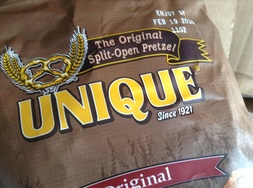 - Images © 2015 by Brian E. Faulkner -
- Images © 2015 by Brian E. Faulkner - But this bag of pretzels intrigued. Yes, it had snappy packaging, done up in colors to attract the eye. What was more intriguing, however – and more important in convincing me to stop for a closer look, was the product’s prominent positioning.
The first word that caught my eye was “UNIQUE” – equal in weight to the product’s name: Splits. A banner at the top of the bag proclaimed “The Original Split-Open Pretzel.”
Since I’d never heard of a split-open pretzel and had no idea whether being split-open was a marketable pretzel attribute, I read on. Further down the package, three prominent arrows pointed to a big pretzel, along with a few short lines of text for each benefit:
Bubbles: Bursting with Tantalizing Flavor.
Deep Grooves: Packing a Serious Pretzel Crunch
Beneath The Surface: Hollow Pockets Create a Crisply, Flavorful Bite.
The benefits don’t stop there. The Splits package also proclaims that their product has more flavor, fewer ingredients (no sugars, malts, preservatives, colors, trans fats) … and smarter baking.
“The Spannuth Family started baking hard and soft pretzels back in the late 1800s,”according to their Web site and a blurb on the back of the package. “The demand for our hard pretzels increased rapidly because of our ‘Unique’ baking process” that allowed the raw pretzel to “burst open,” creating bubbles and crevices that are “crispy, yet crunchy, and filled with flavor.” Which is why they started calling them “Splits”.
Splits come in multitudinous varieties, too: multi-grain, extra dark, unsalted, chocolate covered (yum!) and my future favorite, Bacon Cheddar Flavor Shocked “Shells” (they’re hollow, which makes them more like a potato chip than a pretzel).
If the pretzel itself isn’t the non plus ultra of pretzels (at least for me), the company’s positioning and benefits presentation -- their product story -- is close to perfect and certainly approach “UNIQUE”.
TakeAway: Don’t be hesitant about stepping forward with your product benefits – especially if they clearly set your offering apart from competitors.
Content © 2015 by Brian E. Faulkner
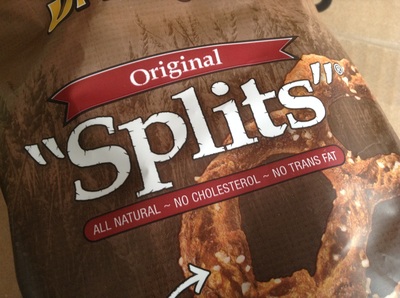
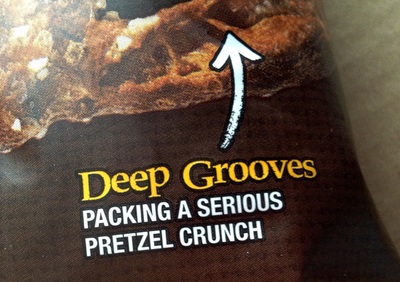
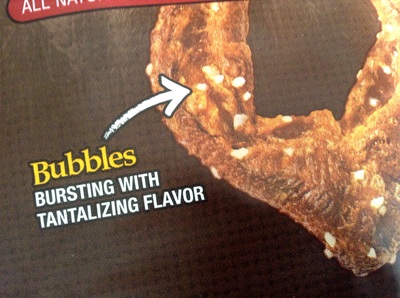
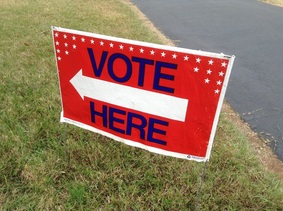
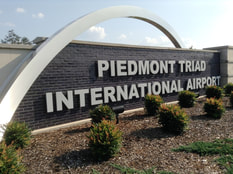
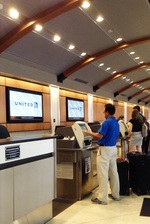
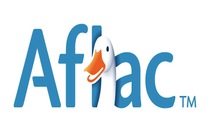
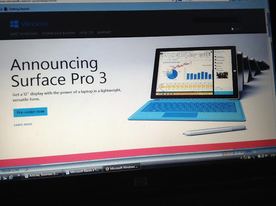




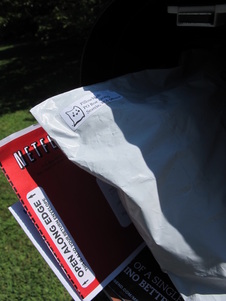
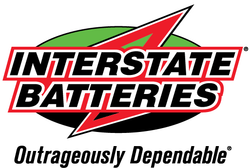

 RSS Feed
RSS Feed